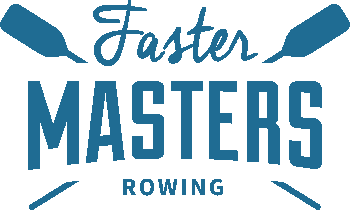There are many different types of masters training programs – for elite racers, for club racers, for fitness rowers, for return-to rowing.
In this episode understand the benefits of ‘cross fit’ versus the more traditional ‘miles make champions’ approach.
Timestamps
01:00 Types of training though year
01:30 The new “Spacer Placer” rowing Tool for pushing out spacer washers.
04:45 Types of training what is your goal? In a weekly cycle use a mix (polarised) low, high, medium pace intensity & strength training.
Different types of session you can choose.
- Endurance-low intensity 16-20 strokes per minute
- Medium intensity 22-24 spm
Aerobic system stresses
HIIT is a very broad definition – it could be oxygen utilisation 4×5′ or a power 30″ on 90″ off.
Annual training plan
07:30 Plan your training through the year.
Your 2 key days a week training and insert your low intensity a strength in between.
High performance racers – you can insert Cross fit only if the workout is inserted in the right place & right way for your goal.
09:00 Cross fit workouts are intense. Prepare to do it.
As a master how careful do you need to be? To do intervals and explosive work and not get injured, you need to be strong and ready to do the workout. The faster you do things the larger the injury risk.
Does this type of workout fit your needs and goals? Also remember to check out your instructors – are they experienced and qualified?
Testing – speed of repetition amount in a given time.
12:30 make the right choices of training type to fit into your overall training.
Sport science reviews how to train your body. A word of warning – if you do 2x HlIT sessions you can’t spend that time in the boat too.
Train to Race
16.20 Racers’ training needs.
Train three times per week. Aerobic work for one session and two endurance sessions with one at a higher intensity. How high that is depends on time of year.
Use AT tempo endurance closer to the racing season. Oxygen utilisation or 1K / 4- 5min pieces. Speed and power workouts are shorter and quicker.
What stroke rate you want to race at?
18.00 Fitness rowers don’t need extremely high intensity intervals. How skillful are you in the boat?
30 stroke pieces if you want to. Aerobic work is for fitness – combined with strength work in the gym.
19:45 Strength stimulates muscle metabolism. At the end of the session do 6x 30″ on / 90″ off or 20″ on / 40″ off.
Power works at the end of a strength session. Combination workouts.
21:00 Return to rowing rule of thumb is to approach it gradually to build tolerance.
Take it easy. Focus on technique and efficiency. Ensure your posture and body positions are correct. Hinge through the hips not the back.
22:50 Keep it fun and interesting focus on drills and steady rowing Pick a theme for the da to keep the interest and focus aligned.


